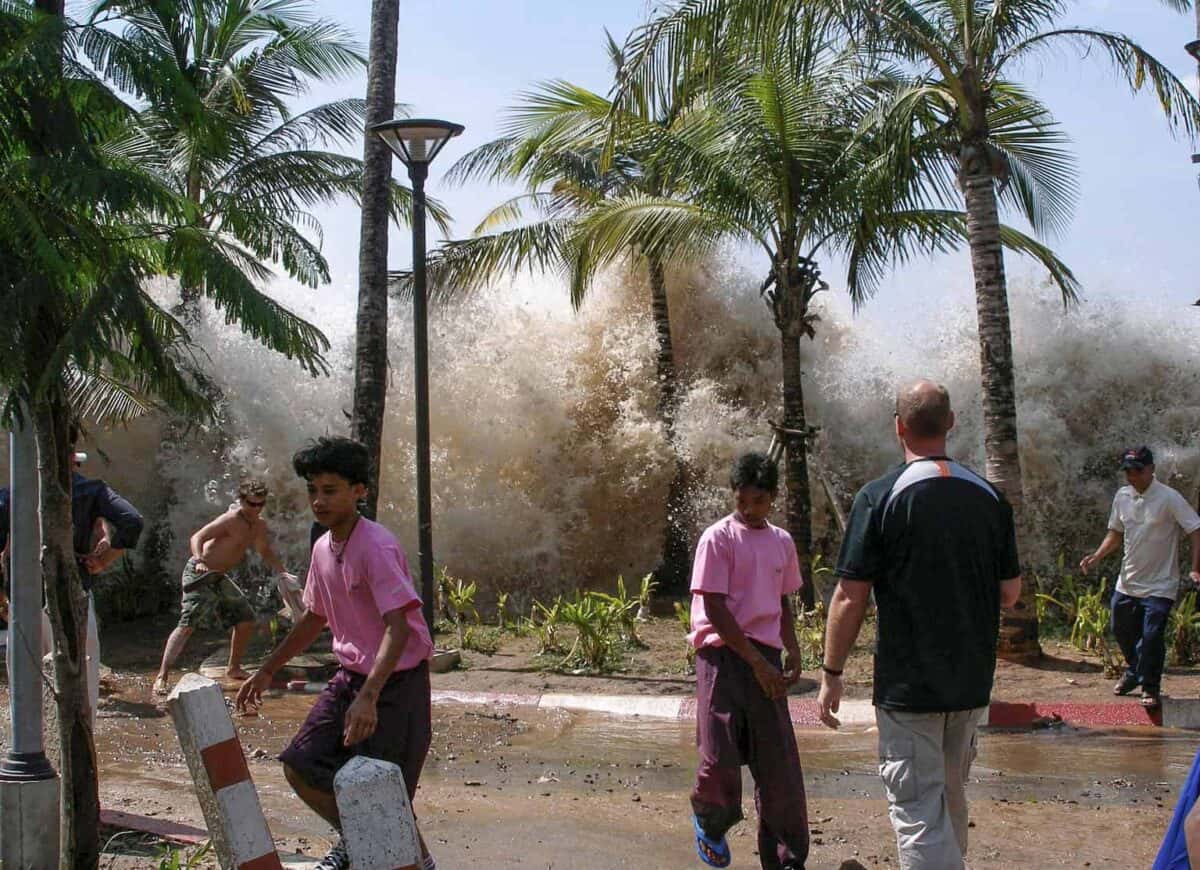Tsunamis are among nature’s most powerful and destructive phenomena. With their immense energy and capacity to cause widespread devastation, they have reshaped coastal landscapes, altered human history, and highlighted the importance of preparedness. This article explores some of the most terrifying tsunamis that have changed the world.
The Science Behind Tsunamis
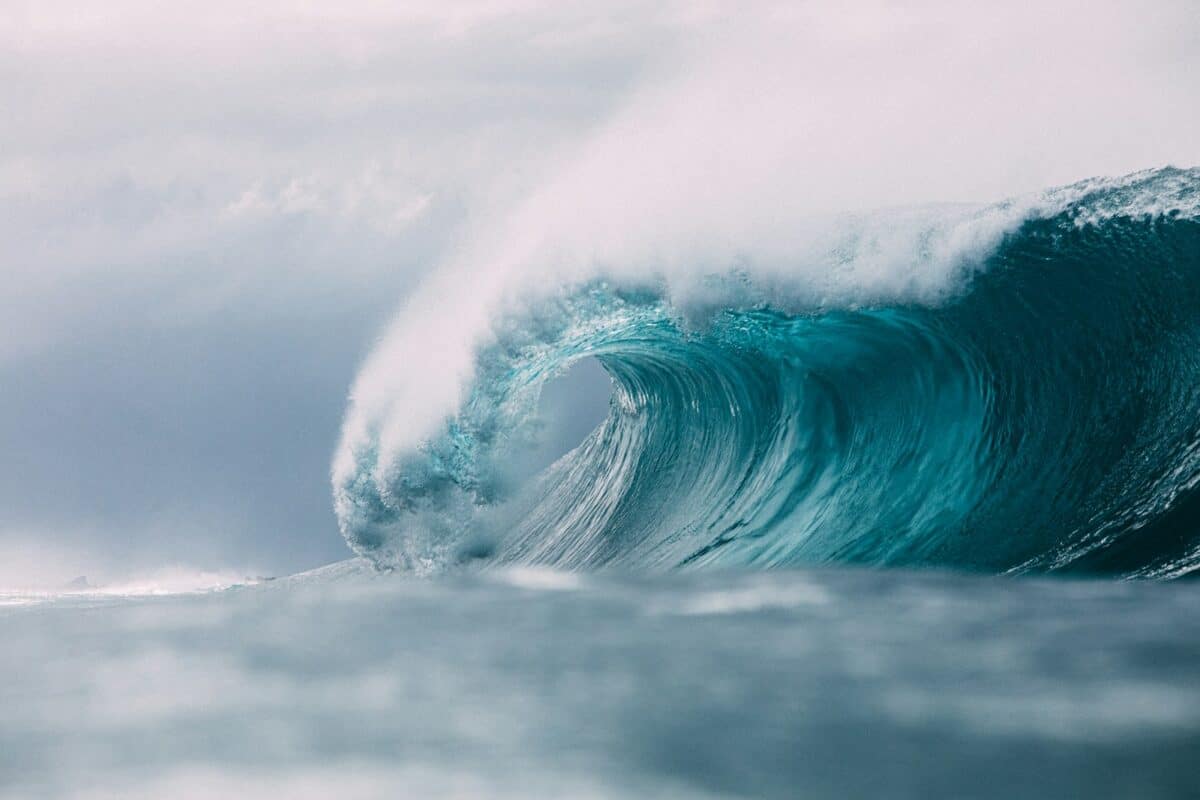
Tsunamis are massive waves caused primarily by underwater earthquakes, volcanic eruptions, or landslides. Unlike normal ocean waves, which are generated by wind, tsunamis can travel across entire ocean basins at high speeds. When they reach shallow waters near coastlines, they rise dramatically, capable of reaching heights of 100 feet or more. Understanding the science behind tsunamis helps us appreciate their power and the need for monitoring systems.
The Ancient Tsunami That Shaped Greek Mythology

One of the earliest recorded tsunamis occurred in 1650 BC when the volcanic island of Santorini erupted. The eruption caused massive tsunamis that devastated nearby coastal regions. This event is believed to have inspired several Greek myths, including the legend of Atlantis. The destruction of the Minoan civilization is often linked to this catastrophic event, underscoring the long-lasting impact of tsunamis on human civilizations.
Lisbon and The Great 1755 Earthquake and Tsunami
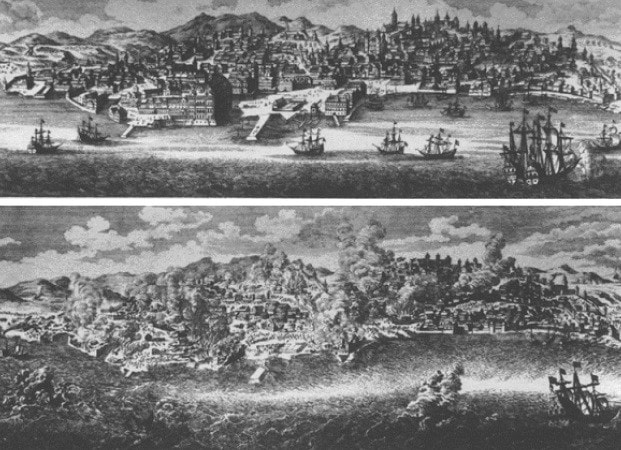
On November 1, 1755, Lisbon, Portugal, was hit by a powerful earthquake followed by a devastating tsunami. This event decimated the city and its population, leading to a profound impact on European society. The disaster killed tens of thousands of people and sparked debates on natural disasters as acts of divine retribution versus natural phenomena, influencing Enlightenment thought.
The Krakatoa Eruption Tsunami of 1883

The eruption of Krakatoa in August 1883 is one of the most infamous volcanic eruptions in history. The explosion generated tsunamis over 30 meters high that swept over the coastlines of Java and Sumatra. Approximately 36,000 people perished, and the eruption was heard thousands of miles away. The tsunamis caused by the eruption dramatically reshaped the region’s geography.
Alaska’s Mega-Tsunami of 1958

Lituya Bay in Alaska was the site of the tallest recorded tsunami in modern history. In 1958, an earthquake-triggered landslide sent a massive wave racing across the bay, reaching a height of over 1,700 feet. While the remote location minimised human casualties, the event is a testament to the immense power tsunamis can achieve under certain conditions.
The 1964 Alaskan Earthquake and Tsunami

The 1964 Great Alaskan Earthquake was the most powerful earthquake in North American history. The earthquake generated tsunamis that impacted the coasts of Alaska, California, and even as far away as Hawaii and Japan. These tsunamis claimed more than 120 lives and caused significant destruction, highlighting the far-reaching effects of such an event.
1993 Sea of Japan Earthquake and Tsunami

The Riku-Ukae Earthquake struck the Sea of Japan, triggering a tsunami that resulted in over 200 deaths and widespread damage in Japan and South Korea. The event prompted advancements in tsunami detection technology and awareness, emphasizing the need for improved warning systems and coastal evacuation plans.
The December 2004 Indian Ocean Tsunami
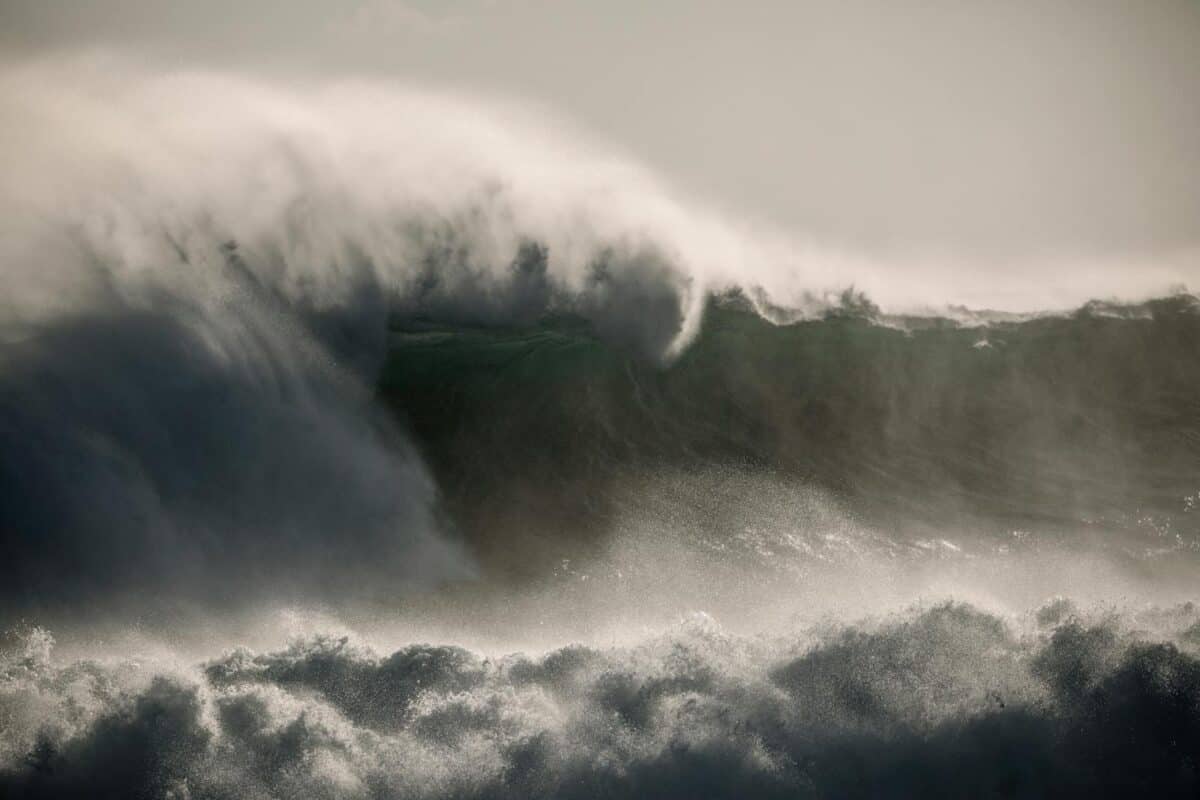
The 2004 Indian Ocean Tsunami is one of the deadliest disasters in recorded history. Triggered by a 9.1 magnitude earthquake off the west coast of northern Sumatra, the tsunami struck 14 countries, resulting in the deaths of over 230,000 people. The staggering loss of life and destruction underscored the importance of international cooperation in disaster response and recovery efforts.
The 2010 Chilean Tsunami
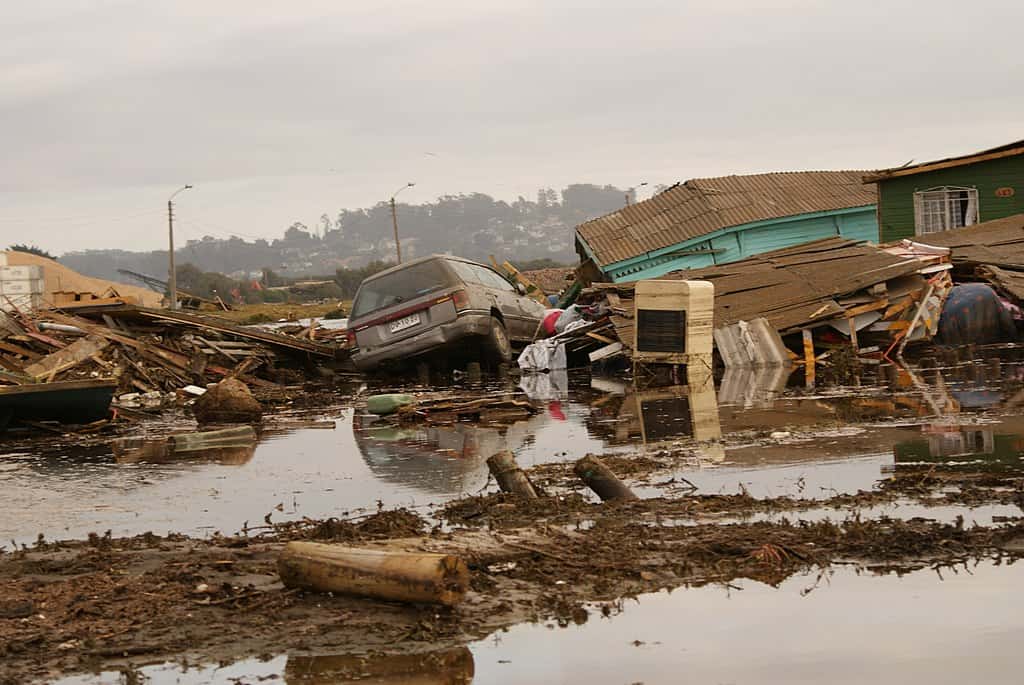
In February 2010, an 8.8 magnitude earthquake off the coast of Chile created a tsunami that caused significant damage along the Chilean coast and was felt as far away as Hawaii and Japan. While early warning systems saved many lives, the disaster still highlighted vulnerabilities in infrastructure and preparedness measures.
The Devastating 2011 Tōhoku Tsunami

The 2011 Tsunami, caused by a 9.0 magnitude undersea earthquake off Japan’s east coast, is remembered for its devastation and the nuclear disaster it triggered. Over 15,000 lives were lost, and entire communities were washed away. The event emphasized the importance of resilient infrastructure and advanced warning systems.
The Indian Ocean Tsunami in Perspective

Beyond the immediate disaster, the 2004 Indian Ocean tsunami reshaped global approaches to tsunami preparedness. It led to the establishment of early warning systems in the Indian Ocean, saving countless lives in the years since. This event serves as an ongoing reminder of the power of community education and international collaboration in mitigating disaster risks.
The Future of Tsunami Preparedness

The history of tsunamis informs future preparedness. Advances in technology, such as real-time data analysis and satellite monitoring, are crucial for early detection. Community education and drills also play vital roles in ensuring populations understand evacuation routes and strategies, minimizing the loss of life when tsunamis strike.
A Sobering Reminder
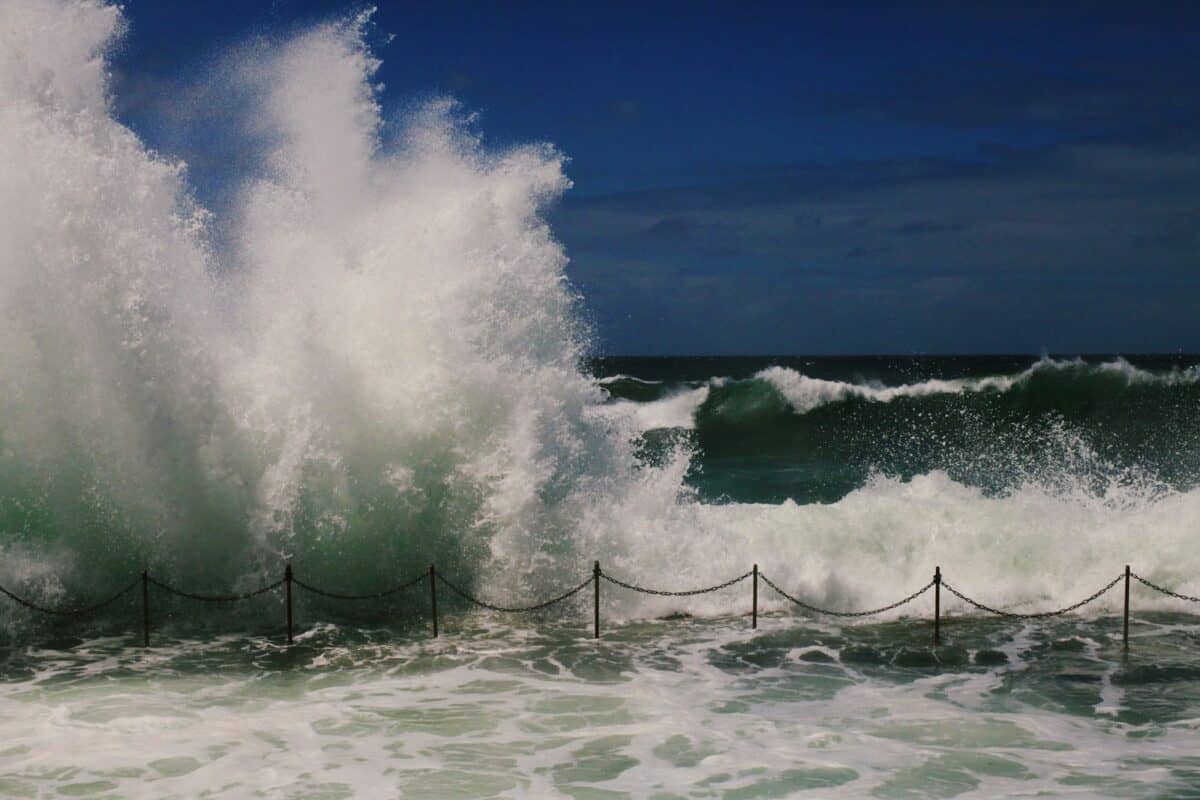
Tsunamis have reshaped not only landscapes but the course of human history as well. Each event serves as a sobering reminder of nature’s unparalleled power, as well as the resilience and adaptability of human societies. By embracing scientific advancements and fostering international cooperation, we can hope to reduce the impact of future tsunamis, saving lives and preserving communities. The lessons learned from past tsunamis continue to drive innovation and awareness in disaster preparedness worldwide.
- The Most Terrifying Tsunamis That Changed the World - August 12, 2025
- The Incredible Ability of Some Animals to See Ultraviolet Light - August 12, 2025
- The Most Venomous Snakes Hiding in US Backyards - August 12, 2025

